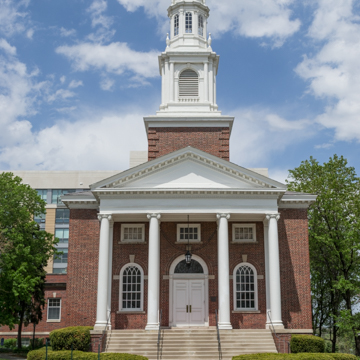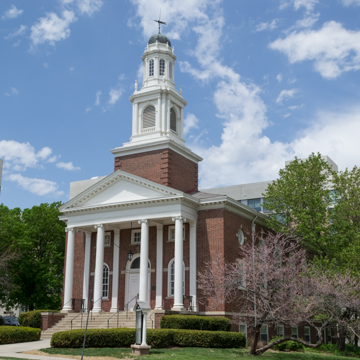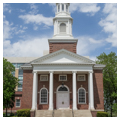The First Unitarian Church of Omaha was organized in 1868 and its first chapel, located at 17th and Cass Streets near downtown, was built three years later. After selling that property in 1913, the congregation built a new church, which it still occupies, on Harney Street in Midtown. Former U.S. President William Howard Taft, then president of the Unitarian Church Conference in the United States and Canada, presided at the laying of the cornerstone in 1917; the church opened for services the following year.
References
Kidd, Daniel, “First Unitarian Church of Omaha,” Douglas County, Nebraska. National Register of Historic Places Inventory-Nomination Form, 1980. National Park Service, U.S. Department of the Interior, Washington, DC.













